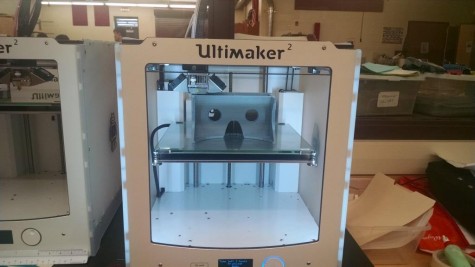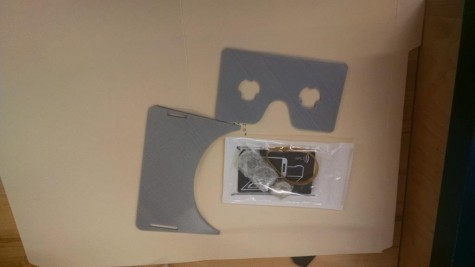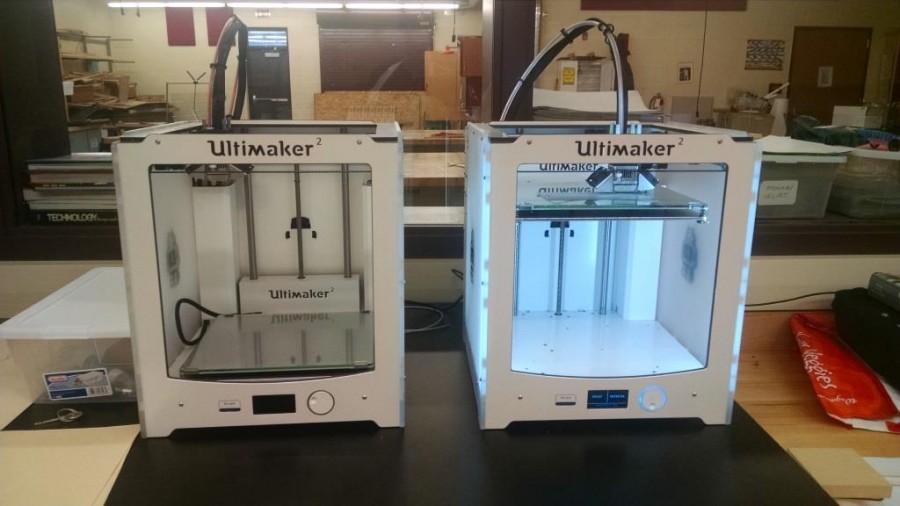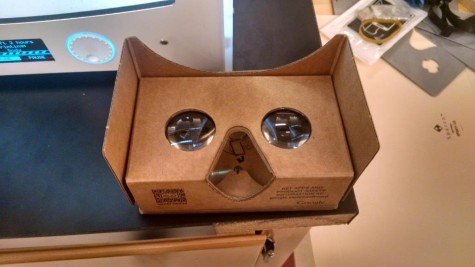New 3D printers begin class projects
Photo Credit: Jason Messenbrink
At the price of $2500 per unit, the dual Ultimaker units are the newest additions to the Engineering capabilities of Glen Rock High School and Middle School.
January 27, 2016
Two new 3D printers were delivered to the school in early December and are being managed by middle school pre-engineering teacher Mr.Dan Blatt.

The printers, under the brand name Ultimaker, were $2500 each. They are installed in room S-21, the small computer lab abutting Blatt’s office.
The printers have been used by both high school and middle school robotics programs, and they might soon be used by the high school’s Engineering club. High School and middle school pre-engineering and physics classes are also considering how to use the printers.
“I think that eventually they will be used as a learning tool, but right now we’re still really experimenting with it,” Blatt said.
The school also owns a Makerbot printer. It is currently being repaired. Since the Makerbot printer was considered unreliable, new printers were purchased.
The printers have been used for a “Google Cardboard” project, which was a suggestion from Nathaniel Jeffries, an eighth grader in Blatt’s Pre-Engineering class.
It has also been used to print parts for the robotics clubs.

Using the printers, Blatt’s students will soon print out keychains with their names. He has already made one example keychain, which was made with another school’s printer.
The printers use a special plastic known as “polyactic acid” (PLA) which comes in rolls. The coiled wires of PLA are sent through the tube in the printer and heated to 260 degrees and then molded according to digital blueprints.
It is, however, a very slow process. The goggles for the “Google Cardboard” project took 30 hours to finish.





